Vanilla beans don’t come off the vine black and shiny as we know and love them.
They start out green, their tips yellowing as they ripen and loosen their grip on the mother plant. At that moment of harvest, the vanilla bean begins a fraught and arduous four-month metamorphosis.
Few ingredients in the food world match this journey.
Before we start, a warning. Nothing can cure an unripe bean. Like berries and many fruits, vanilla stops ripening the moment it is picked.
As Linda Ronstadt put it:
“Love is a rose but you better not pick it. Only grows when it’s on the vine. Handful of thorns and you’ll know you’ve missed it. Lose your love when you say the word mine.”
That’s vanilla for you, the diva of the food world. And never more so than in today’s market, where a kilo of beans can equal a year’s wages for workers in the countries where it grows. Farmers face dire risk of theft every moment the beans stay outside. And after nine months of backbreaking toil, farmers are often cash-poor and need to put food on the table. The temptation to pick beans too soon can be overpowering.





Yet without natural ripening, a bean cannot become vanilla.
Ripening occurs when temperature and humidity changes trigger the bean’s enzymes to convert starches and pectin to sugars. The pod’s cell walls soften. Chlorophyll breaks down, and the fruit begins to yellow. Interrupting this process arrests flavor development. Curing an unripe bean preserves only a sour and bitter fruit.
Once ripe, the four stages of curing can begin.
Stage 1: Dipping
No more than three days after harvest, the beans are plunged into water heated to 150-170 degrees Fahrenheit from 10 seconds to three minutes. Timing depends on the size of the beans, whether they have split on the vine, and water temperature. Dipping is performed by a master curer who calculates these variables by feel.
Dipping “kills” the bean, stopping growth and releasing the enzymes that begin production of vanillin, the bean’s primary flavor component.
This converts glucovanillin to vanillin:
Stage 2: Sweating
As soon as the beans are pulled from the water, workers rush to wrap them tightly in wool blankets, storing them inside a dark, airtight container. Speed is essential to preserve heat and steam. These trigger the enzymes that convert cellulose and starches to vanillin and other complex components that give vanilla its beautifully subtle aroma.
The beans remain tightly wrapped for up to two weeks, during which it is imperative to keep them warm. Any cooling can trigger mold, vanilla’s arch enemy. Because vanilla is cured during the rainy season, this presents a tricky problem. Curers combat cooling by laying the rolls in the sun and returning them to their container when clouds and rain threaten. As the beans reach a more ideal moisture content, they will be left in the sun open to the air during the day and rolled up at night. Daily sun exposure is paramount to the flavor transformation and the prevention of mold on vanilla beans. This rolling and unrolling continues for up to two months.
Stage 3: Drying
Once the beans begin to develop aroma and reach the correct moisture, the drying stage begins. Drying is essential to enabling international shipment, because wet beans will mold in transit.
The beans start out quite wet. They are laid in the open air, alternating between sun and shade, driving out moisture. Too much sun can over-dry the beans and destroy vanillin, leaving brittle, useless sticks. The beans are closely monitored and constantly sorted by moisture content. Workers massage each bean by hand to make sure the drying is occurring evenly. Drying usually lasts for 3 to 4 weeks, with a goal of 25-30 percent moisture content.
Stage 4: Conditioning
By now, the beans are exploding with aroma and flavor, and almost ready. They are placed in closed boxes lined with wax paper and kept there for at least a month. This preserves and enhances aroma. Beans are often shipped at this stage before conditioning is complete because this is the bean’s final form of storage.
Perfection
The box can now finally be opened. The conditioned beans have developed full flavor, and look black and slick with a very light coating of natural oils. Sometimes, when everything happens just right, the beans are clothed in delicate white vanillin crystals.
Things also can go terribly wrong, anywhere along the line. The worst outcome is mold, deadly to bean flavor and a financial disaster for farmers, curers, and buyers alike.
I was fortunate enough to spend three months on the island of Tonga curing vanilla beans, witnessing firsthand how delicate and complicated, how laborious and stressful, the process is. Are the beans warm enough? Are they too wet? Too dry? All this during the Tropical monsoon when weather can shift by the minute.
Vanilla curing is an art. It demands an astute eye and years of experience to know when to move the vanilla beans from one stage to the next. There is nothing like seeing a master curer in action!
You must love vanilla to get it right. But the reward is like no other: to lift the lid of a beautiful hand-packed box of vanilla beans that fills a room with its exotic, intoxicating scent.
-
Posted by Adrien Coxe on
I am at the very beginning of this rather exciting and intimidating journey. I have three small plants. Thank you for this valuable information.
-
Posted by Miles on
If you can afford to leave them on the vine, about 1 to 2 years following they ferment into the black vanilla bean we all love. Slower than your process but more organic and a better scent and flavour. Just saying, cheers
-
Posted by Rusiate Tuisalia on
It is great to be part of prossesing vanilla beans
-
Posted by Ruth Isingoma on
Willing to try. Thank you
-
Posted by Peter on
I clearly understand the process now. Thank you. Also I would like to hook with international buyers to sell my vanilla bean products.
-
Posted by Alora finch on
Do the drying beans get bugs, bird droppings and animal hair on them.
Just curious. I wash my beans, just in case. -
Posted by Rusiate Tuisalia on
Like to be part of the project
-
Posted by Olyel Albert on
I am an expert in vanilla curing. I love vanilla and doing everything to the best of my knowledge to always come out with the best cured vanilla.
Vanilla beans professionally cured by myself / under my supervision is very lovely by any vanilla lover on the globe.
For more advice on vanilla best curing +256782584900
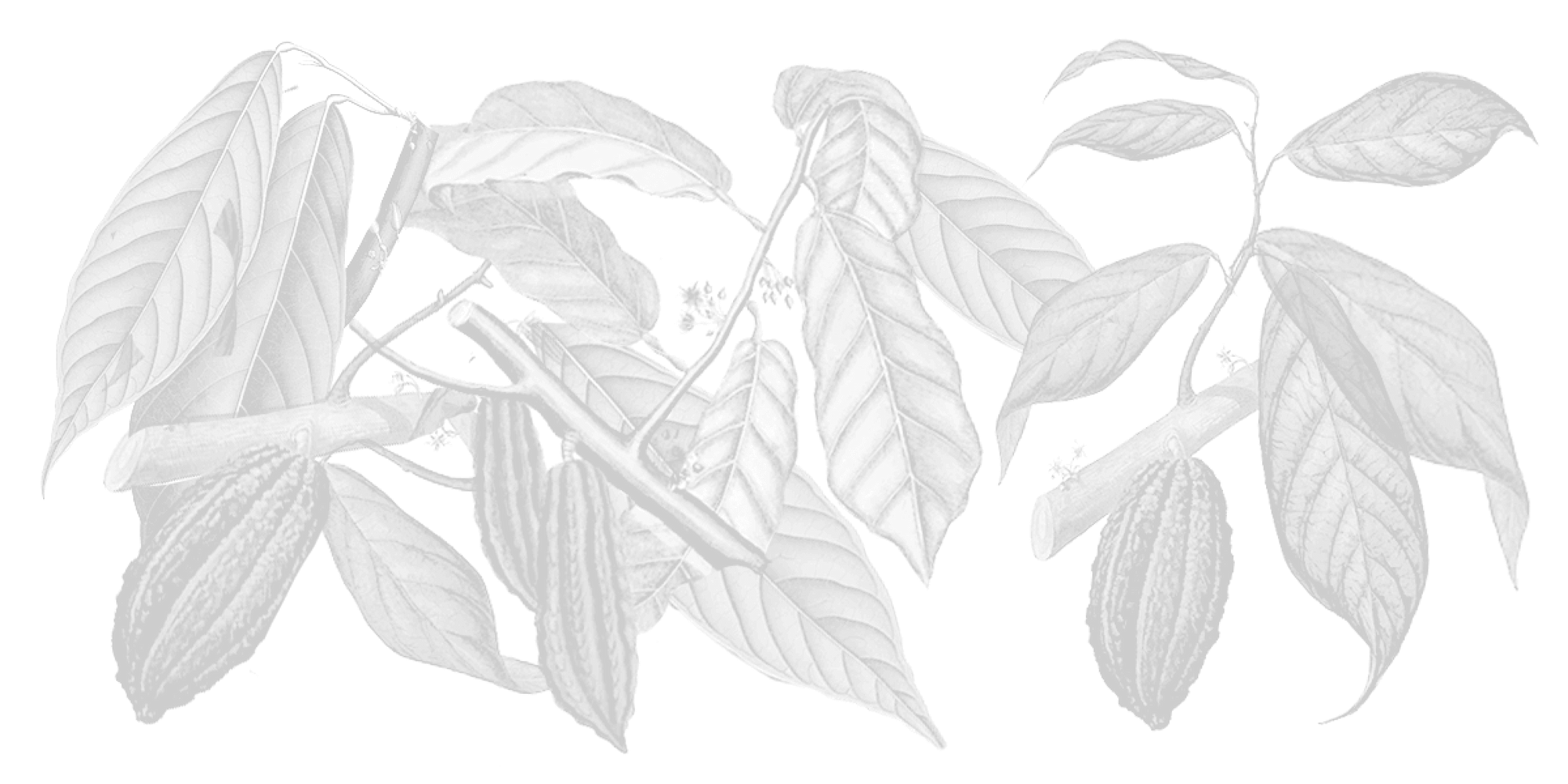
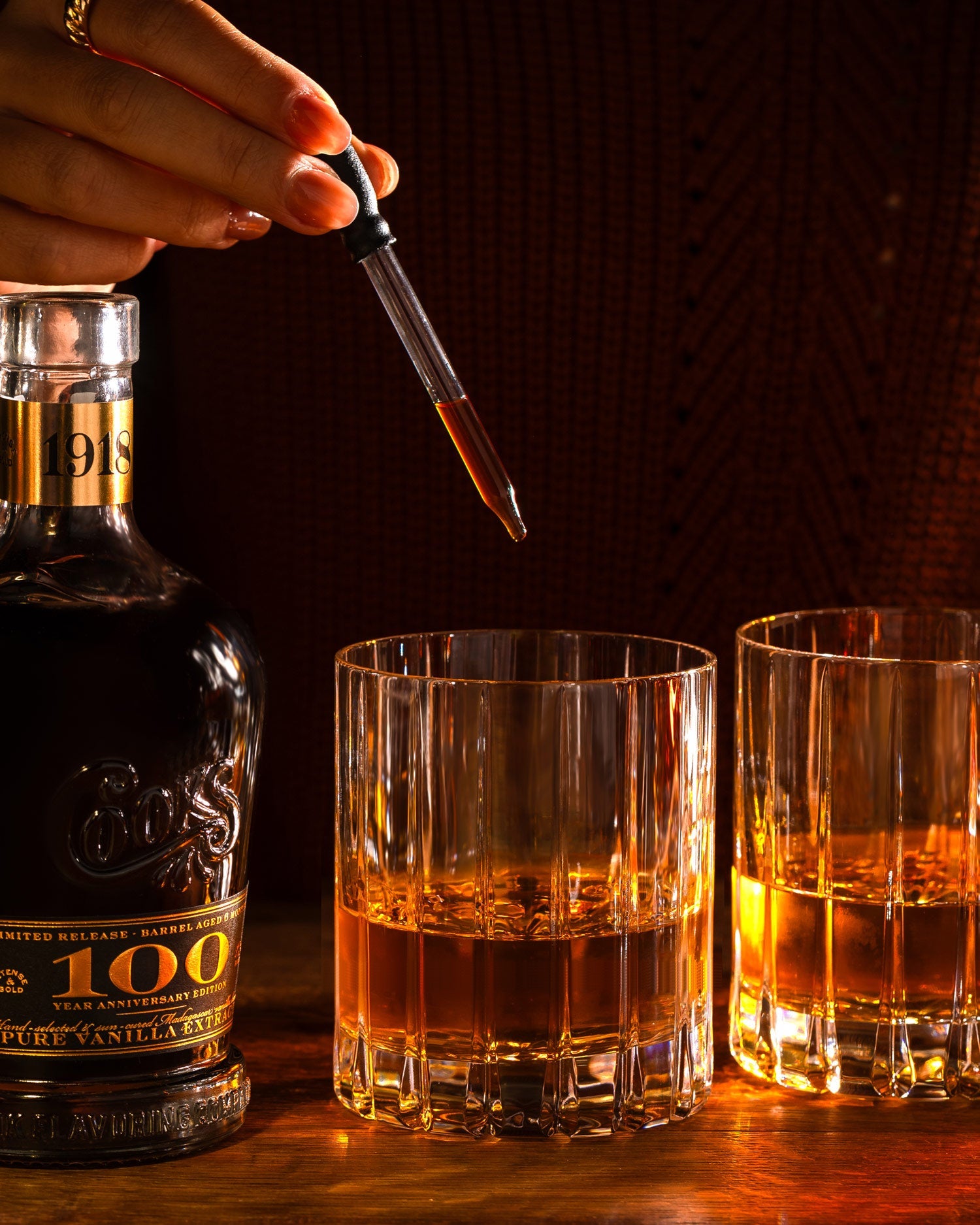

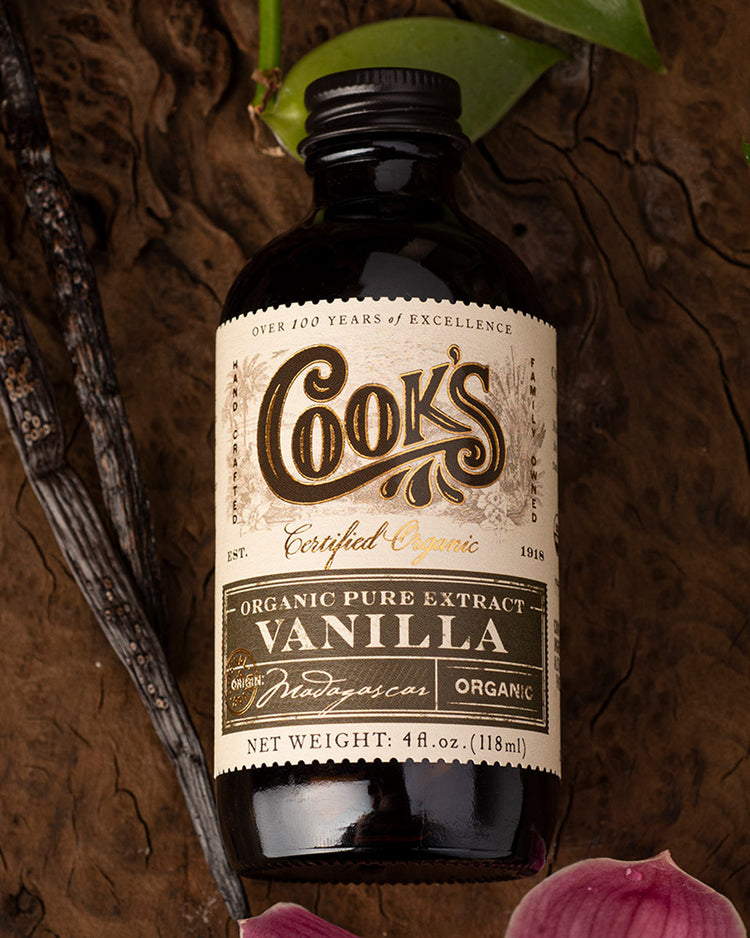
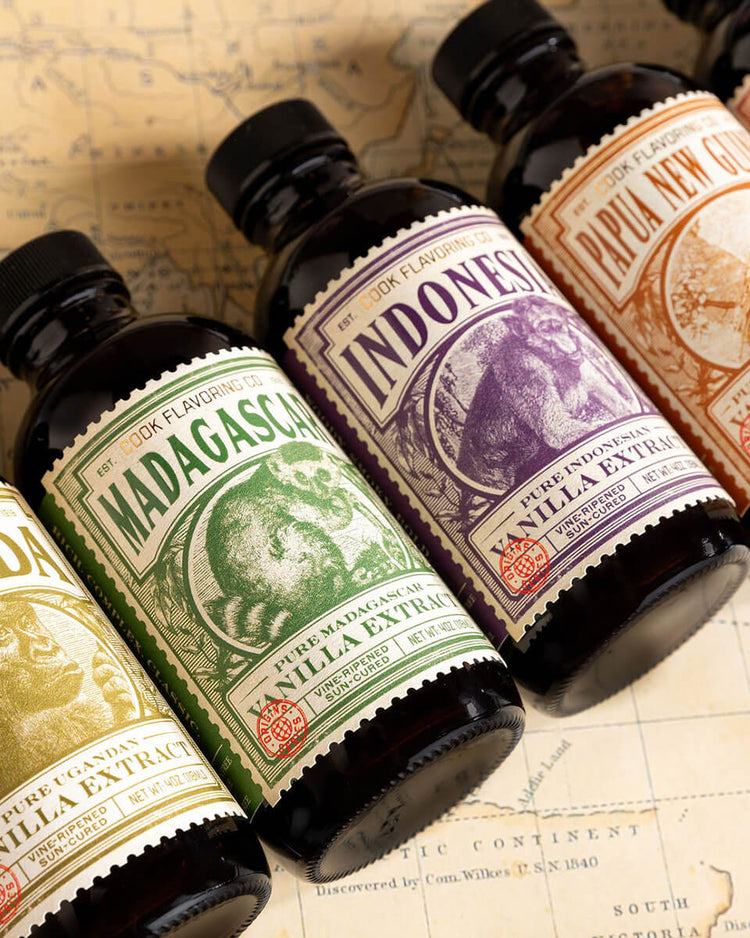


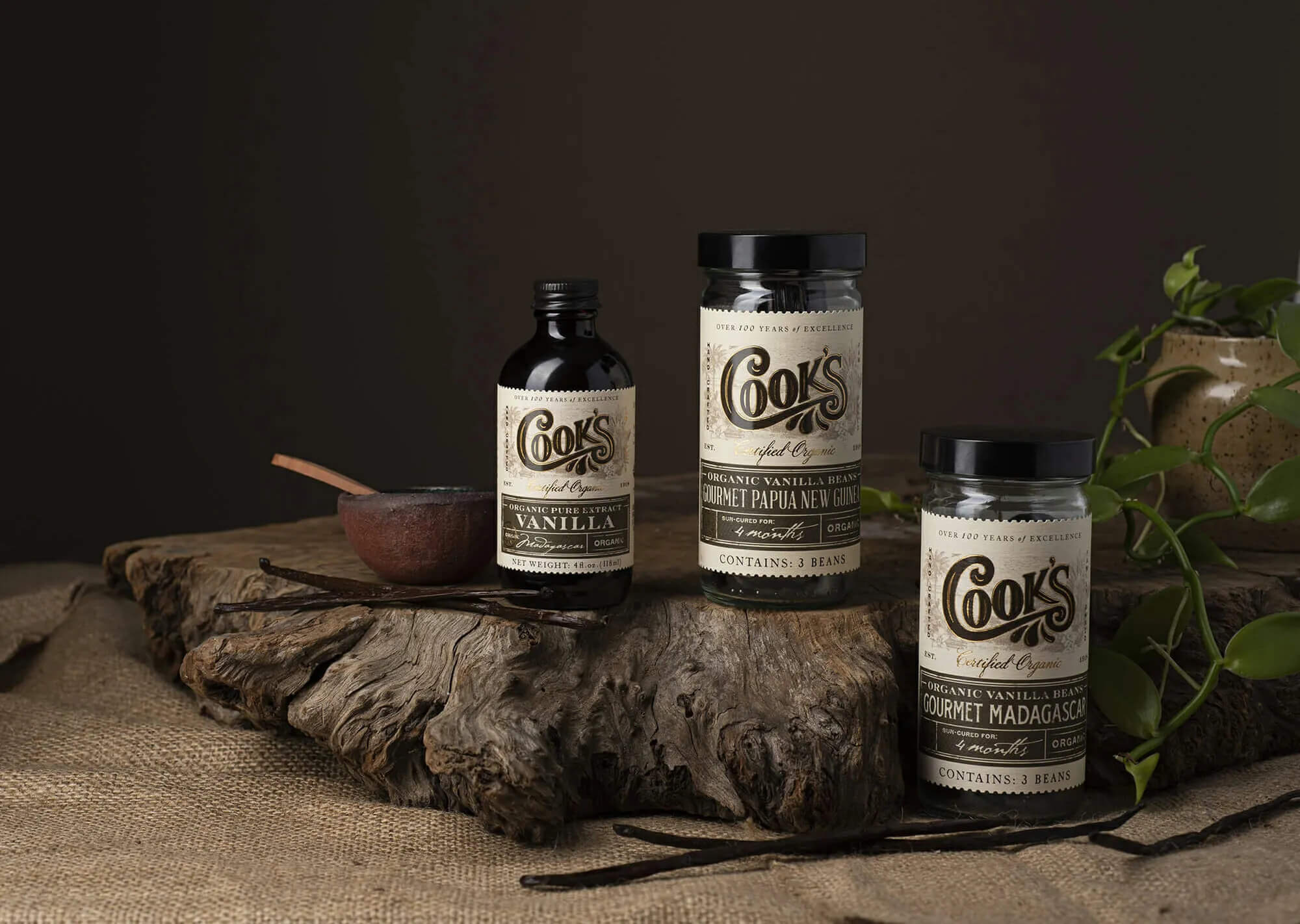
Comments ( 8 )